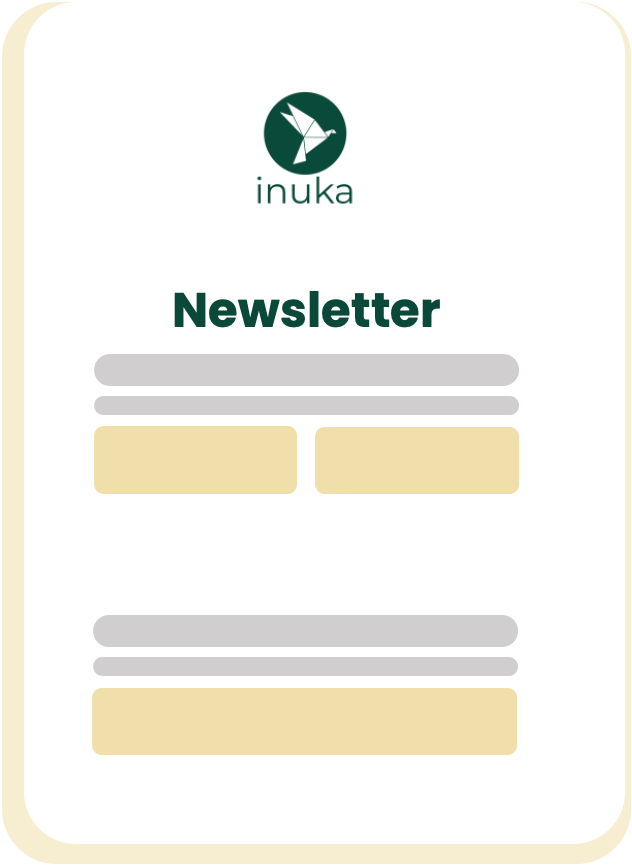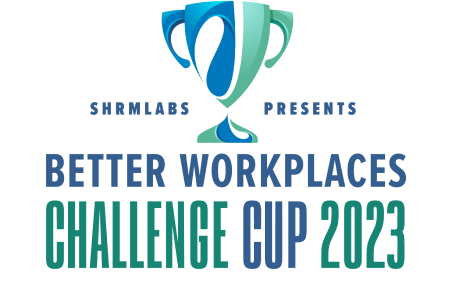Measuring well-being program impact in 2026 isn’t about ticking boxes or chasing vanity metrics.
It’s about proving — with data and stories — that your well-being efforts drive real change for your people and your business.
To do that, you’ll need a mix of:
Hard data. Human insight. A clear link to business results
What metrics actually matter when measuring well-being programs?
If you want a well-being strategy that leadership believes in, focus on the metrics that speak to both hearts and spreadsheets.
Quantitative
- Participation rates – who’s really engaging
- Absenteeism – are people healthier and taking fewer sick days?
- Turnover – are you keeping your talent longer?
- Productivity – are teams getting more done with less burnout?
Qualitative
- Employee satisfaction – how supported do people feel?
- Stress level assessments – are pressure levels going down?
- Engagement – are people still connected to their work?
The best approach to measuring well-being program impact in 2026 blends leading indicators (like participation) with lagging indicators (like turnover).
How do you calculate the ROI of employee well-being initiatives?
Let’s talk numbers.
Here’s the simple ROI formula:
(Financial Benefits – Program Costs) ÷ Program Costs × 100
Start with total costs:
- Platform and coaching fees
- Admin time and communication
- Staff time spent participating
Then estimate your financial benefits:
- Reduced absenteeism
- Lower turnover
- Higher engagement and productivity
Stay conservative — real numbers build credibility.
For instance, if you save two sick days per employee per year, that’s roughly €300 per person saved. Multiply that across your workforce — and you start seeing impact.
💡 Use tools like Inuka’s Impact Check to calculate ROI more systematically.
The best tools for measuring well-being program impact in 2026
The right tech stack makes everything easier (and more believable).
Look for:
Real-time dashboards for trends and participation
Pulse surveys to keep feedback quick and meaningful
Integration with HR tools (for absenteeism and engagement tracking)
Predictive analytics that flag burnout before it happens
These tools turn well-being from a “nice-to-have” into a measurable business driver. For reliable benchmarking and reflection, try an Impact Check with Inuka.
How often should you measure and review well-being program results?
Consistency beats intensity. Here’s the rhythm we recommend:
Monthly – Track participation and engagement
Quarterly – Assess well-being outcomes like satisfaction and stress
Annually – Review ROI, strategy, and progress toward goals
And remember: well-being isn’t static. Adjust your measurement cycle to your people, not just your KPIs.
What are the biggest challenges in measuring well-being program impact?
Let’s be honest — this isn’t easy. Here’s what can get in the way (and how to handle it):
Survey fatigue – keep it short and meaningful
No baseline data – start tracking now, even if you’re mid-program
Attribution issues – use control groups where possible
Data privacy – be transparent and comply with regulations
A structured framework like the Inuka Method can help you avoid these pitfalls.
The bottom line: Measuring well-being program impact in 2026
Measuring wellbeing program impact in 2026 isn’t just about numbers — it’s about meaning.
When you track the right metrics, calculate honest ROI, and communicate results with clarity, you don’t just prove value — you build trust.
For your people. For your leaders. For your culture.
Ready to measure what truly matters?
At Inuka, we help organisations move from guessing to knowing.
Our science-based method and analytics tools make measuring well-being program impact in 2026 clear, simple, and actionable.
👉 Let’s talk about your goals
👉 Or explore the Inuka Method to start tracking impact that actually means something.
Because when you measure what matters, you build workplaces that last. 💚







